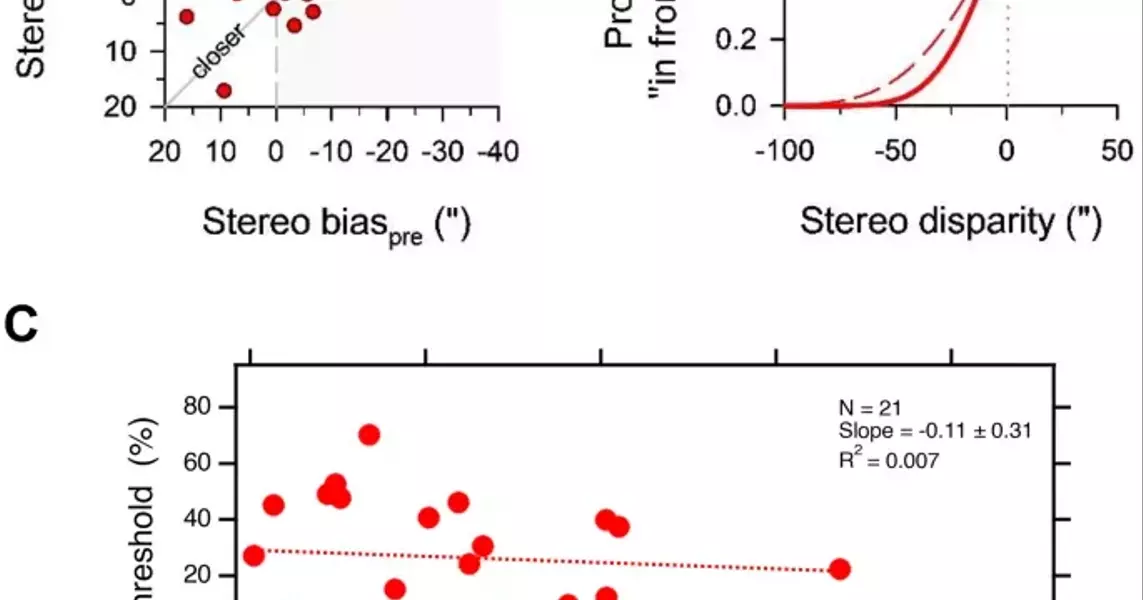Enhancing Depth Perception Precision Through 3D Video Games

In a recent study, researchers explored the impact of playing stereoscopic 3D video games on depth perception in young adults with normal vision. The findings revealed that engaging in these immersive games significantly improves the precision of depth perception without affecting its accuracy. This research not only sheds light on how video games can enhance visual skills but also suggests potential therapeutic applications for individuals with binocular vision anomalies.
Study Details and Findings
A group of twenty-one healthy young adults, all non-gamers, participated in this experiment over a period of four to six weeks. They played first-person shooter action games on a PlayStation 3 platform for a total of forty hours. Participants wore active liquid crystal shutter glasses to view stereoscopic 3D content. Pre- and post-game assessments measured stereo bias (accuracy) and stereo threshold (precision) using random dot stereograms. Contrast sensitivity was also evaluated to ensure improvements were specific to depth perception.
The results indicated a significant improvement in stereo thresholds, reflecting enhanced precision in depth perception. However, there was no notable change in stereo bias, suggesting that the enhancement did not result from increased accuracy. Additionally, contrast sensitivity remained unchanged, reinforcing the specificity of the observed improvements to depth perception. These findings challenge the disparity pedestal hypothesis and highlight the unique benefits of 3D gaming environments in fostering better depth discrimination.
From a broader perspective, this study underscores the potential of 3D video games as a tool for improving visual acuity and stereoacuity in patients with amblyopia or other binocular vision issues. The dramatic disparities encountered in 3D games may train the brain to process complex depth cues more effectively, offering a promising avenue for therapeutic interventions.
Implications and Future Directions
This research opens up exciting possibilities for leveraging 3D video games in clinical settings. The ability to improve depth perception precision without altering accuracy could be particularly beneficial for individuals with subnormal binocular vision. Moreover, it suggests that perceptual learning through immersive 3D environments can induce plasticity in the visual system, potentially leading to lasting improvements in visual function.
For future studies, it would be valuable to explore the long-term effects of 3D video game training and investigate whether similar benefits can be achieved in younger populations or those with more severe visual impairments. As technology continues to advance, integrating such games into rehabilitation programs could revolutionize how we address and treat various visual disorders.